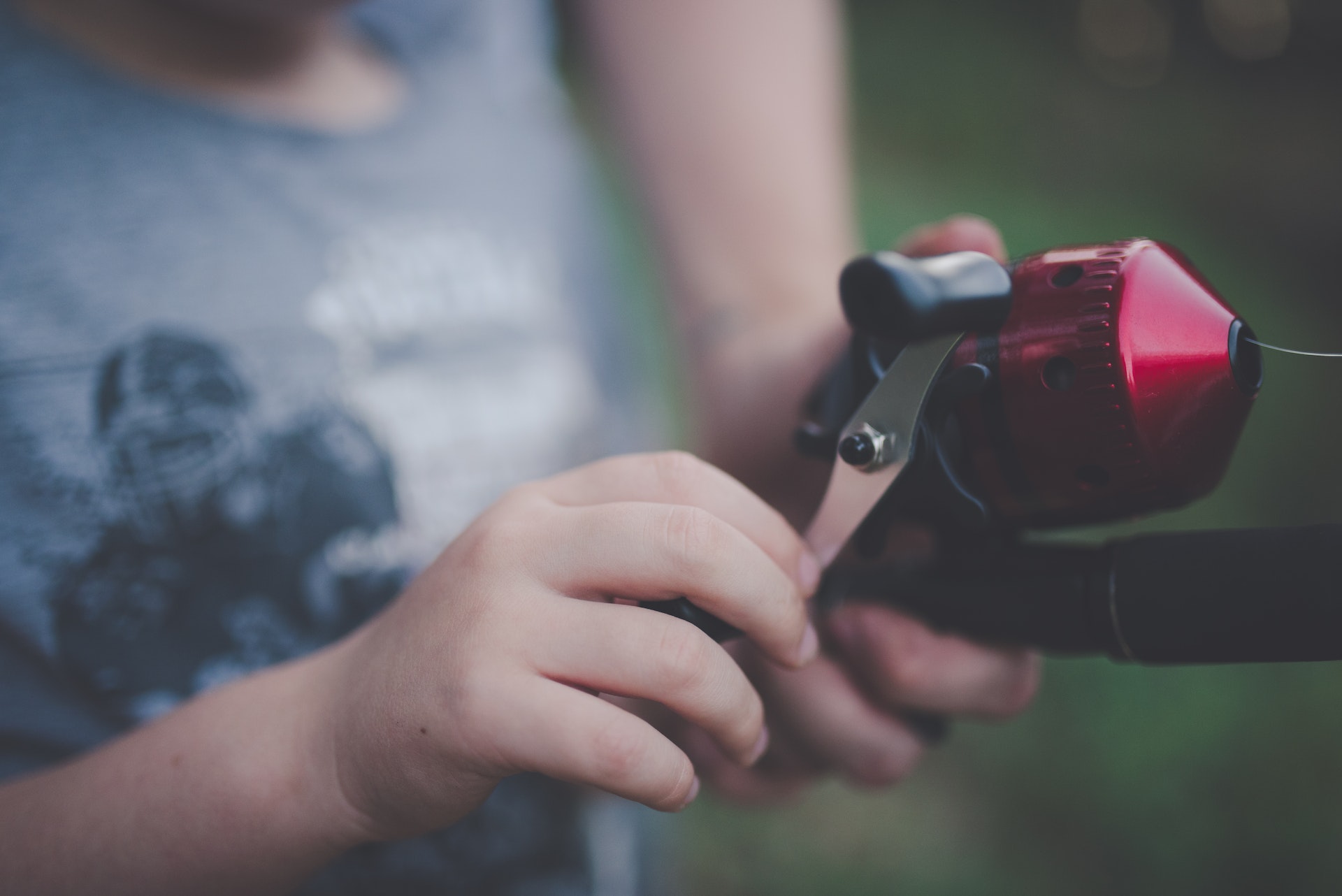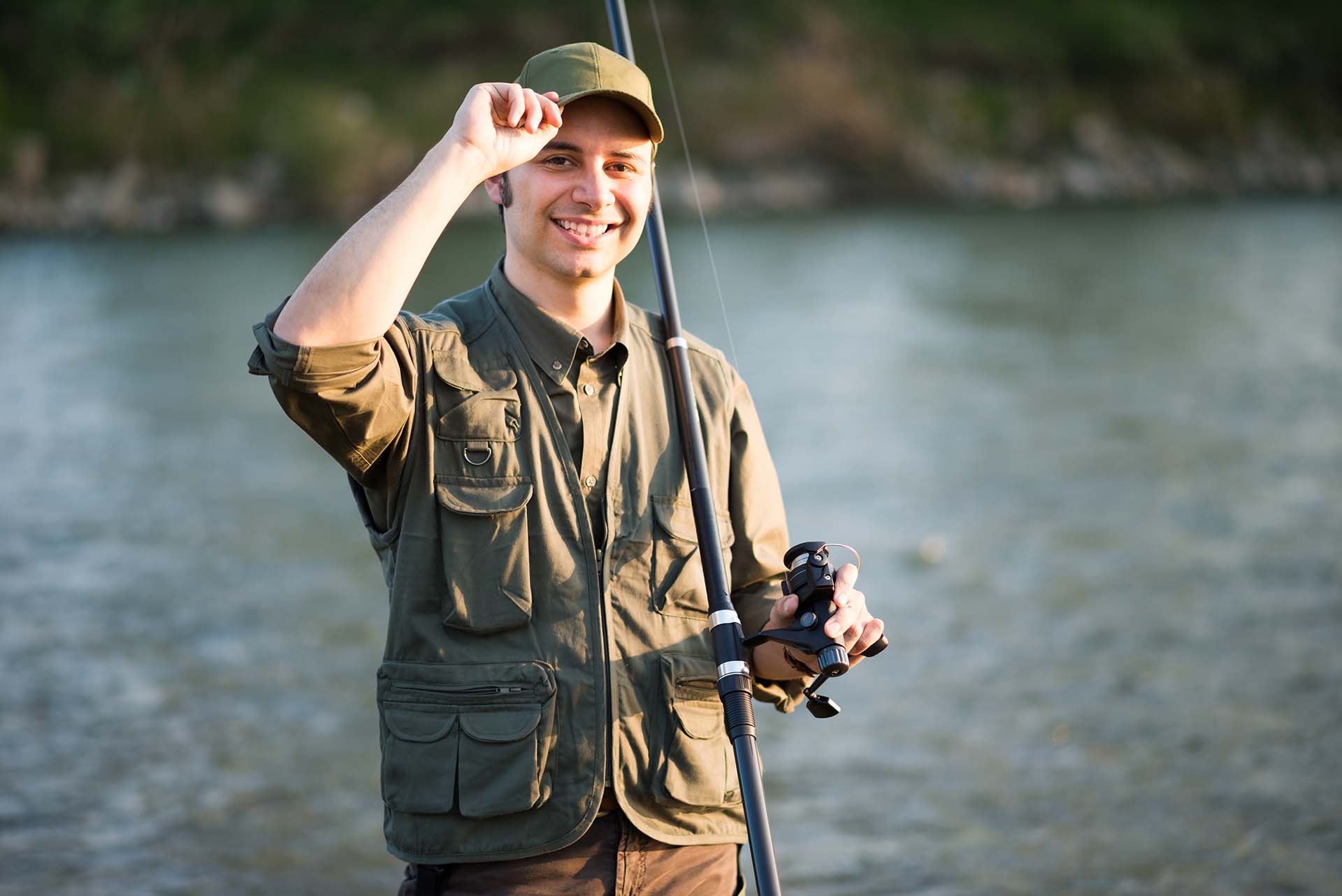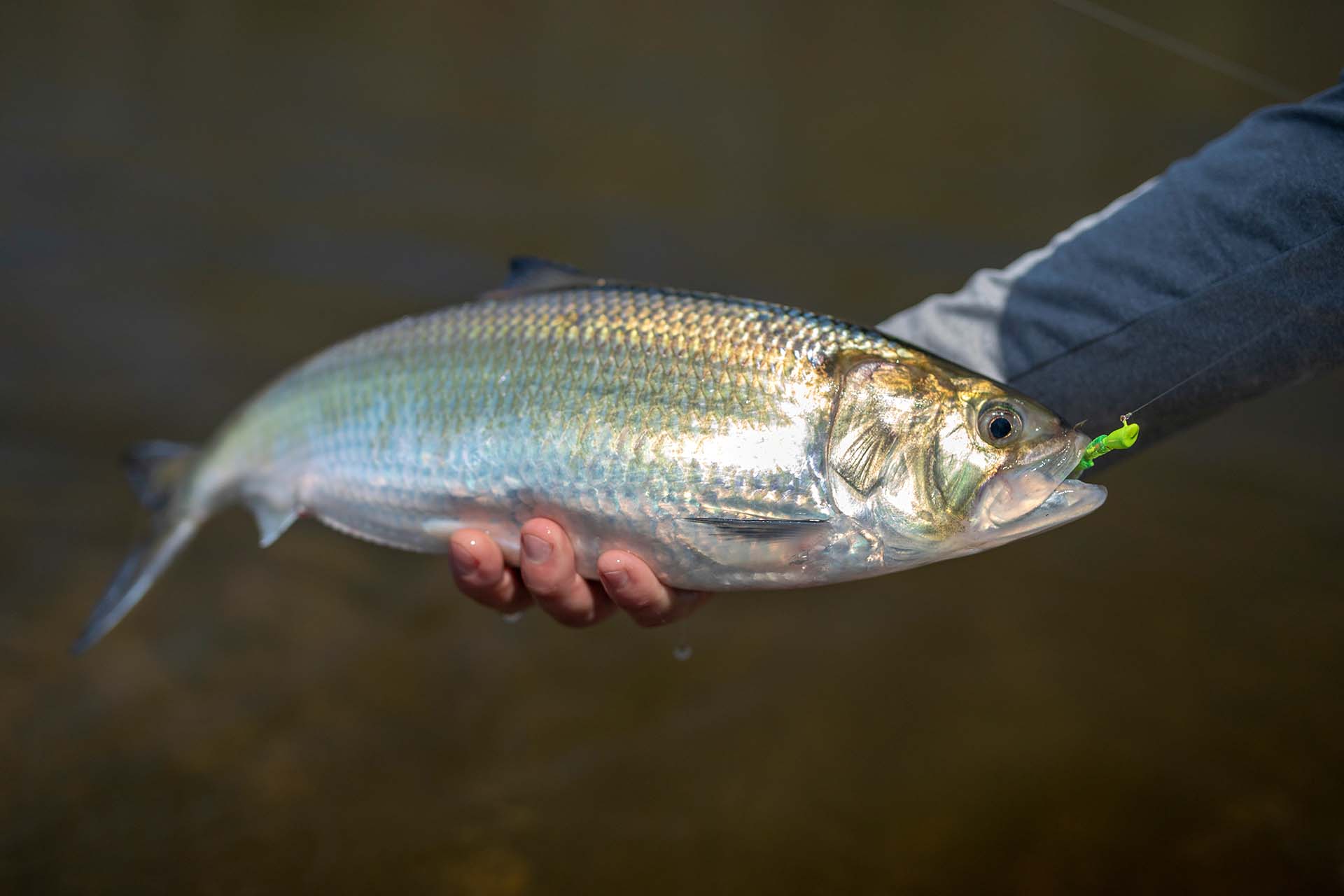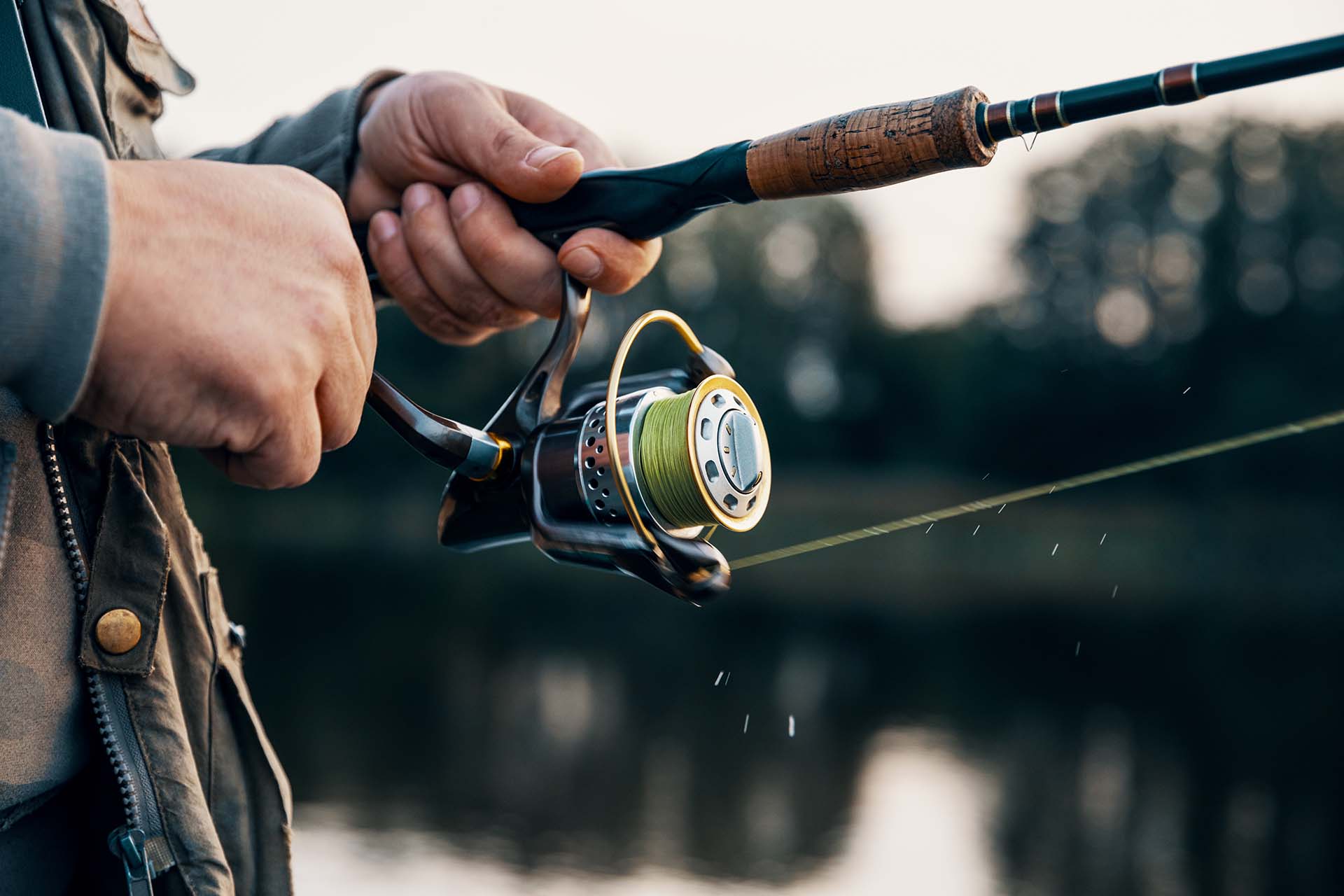As a fishing enthusiast, you’ve probably wondered how to keep nightcrawlers alive and kicking so you always have fresh and tasty treats for your catches. That’s why, in this comprehensive guide, we’re diving into the nitty-gritty of caring for these wiggly wonders, ensuring they stay lively and irresistible as bait.
By creating the right habitat with suitable containers, bedding, and moisture levels, you can provide a comfortable environment for these wiggly wonders. Temperature regulation, ventilation, and avoiding extreme conditions are crucial parts of achieving this. Also, understanding their dietary needs and feeding them in moderation ensures proper nutrition without overfeeding. Additionally, gentle handling techniques help avoid harming these delicate creatures.
What Are Nightcrawlers?
No matter if you’re a beginner fisherman or a seasoned angler, chances are you’ve heard about the legendary nightcrawler – the holy grail of live bait for many avid enthusiasts of this outdoor sport. But what exactly are these slimy creatures that possess such magical allure?
These fascinating creatures are large earthworms of the Lumbricus terrestris species, renowned for their impressive size, robustness, and delectable scent to a wide range of fish species. These mighty invertebrates have a unique ability to burrow deep into the earth, emerging during the cover of darkness to entice our piscine pals with their tantalizing presence.
When Do Fishermen Use Nightcrawlers?
Fishermen strategically employ these wriggling wonders for various reasons. Whether you’re targeting freshwater or saltwater species, nightcrawlers should be an integral part of every angler’s tackle box. They are particularly effective during dawn and dusk when fish are more active and seeking their next meal.
Additionally, these creatures prove highly successful in enticing species like bass, trout, catfish, and small panfish, making them a go-to choice for anglers looking for a versatile and productive bait option. Therefore, learning how to keep nightcrawlers alive for a long time should be on top of every fisherman’s list – so, let’s dive into the best methods for keeping these earthworms wriggling away.

Creating the Right Habitat for Nightcrawlers
One of the most important lessons every angler should master is how to keep nightcrawlers alive at home, fresh and ready for every session. The secret to keeping these creatures thriving and full of vitality is to provide them with a suitable habitat that mimics their natural environment.
Here are a few crucial considerations for creating the perfect setup that ensures the comfort and encourages the longevity of these large earthworms.
Select an Appropriate Container or Worm Bin
Choose a container or worm bin that offers ample space for your soon-to-be bait to move and burrow comfortably. Plastic storage boxes or specialized worm bins with breathable lids, such as the INTRUDER CrawlerCrib, are popular choices. Avoid using metal or glass containers as they can retain heat and negatively impact the worms’ well-being, making them unusable for your fishing endeavors.
Provide Suitable Bedding Material
It’s also essential to prepare a cozy bedding material for the earthworms to reside in. Good options include shredded newspaper, coconut coir, peat moss, or, better yet, a mix of these materials. The bedding should be moist but not soaking wet, providing a comfortable and favorable environment for the worms.
Maintain Optimal Moisture Levels
As mentioned above, it’s important to ensure that the bedding material is slightly damp but not overly wet. It’s best to periodically mist the bedding with water using a spray bottle, as it will replenish the moisture without saturating it.
Make sure to avoid using chlorinated water and opt for dechlorinated or filtered water instead. Also, promote proper airflow within the container through small ventilation holes or a breathable lid.
Temperature and Environmental Considerations
As you can probably gather by now, temperature and environmental factors play a vital role in keeping these wriggling creatures alive and thriving, as it ensures their well-being and enhances their longevity.
First and foremost, maintaining proper ventilation and air circulation within their habitat prevents the buildup of harmful gasses, regulated humidity levels, and provides fresh oxygen for the worms. This becomes especially important when adjusting temperatures within the habitat. During hot weather, good airflow helps dissipate excess heat, while in colder conditions, it prevents the accumulation of excessive humidity.
What Is the Ideal Temperature Range for Nightcrawlers?
These earthy critters thrive within a specific temperature range, so it’s vital for the container to stay within this optimal range, which is somewhere between 55°F (13°C) and 75°F (24°C). Extreme temperatures, both hot and cold, can be detrimental to the well-being of these creatures – high temperatures can lead to excessive moisture loss and dehydration, while cold temperatures can cause them to become sluggish or even freeze.
If you’re wondering how to keep nightcrawlers alive in the fridge and if that’s even the correct method of doing it, the answer is – yes, it’s actually pretty common among anglers. This can be achieved by using a thicker layer of bedding, gently placing your soon-to-be bait on top of it, and storing the container in the refrigerator at a temperature between 40°F (4°C) and 50°F (10°C).
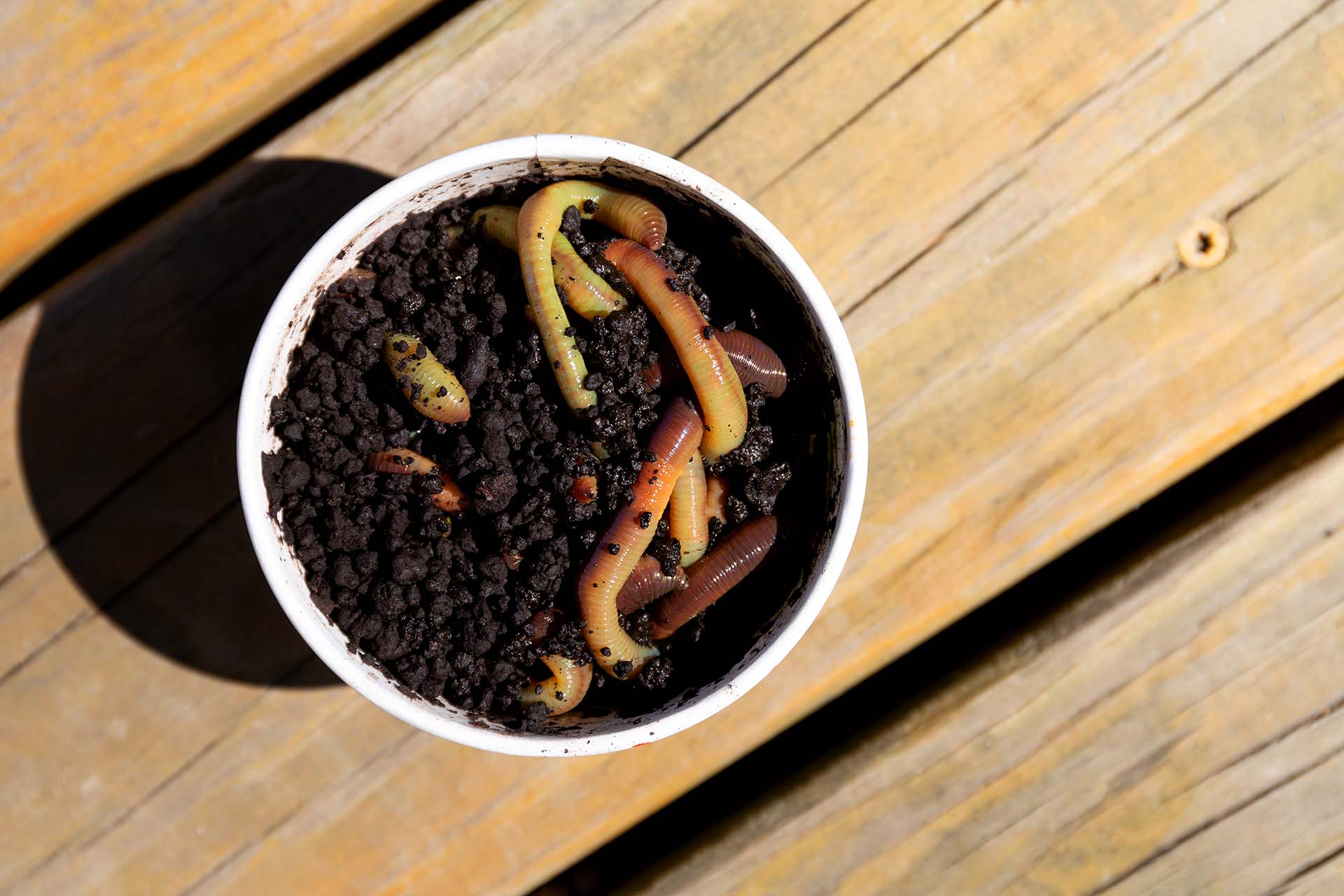
Consider Feeding and Nutrition
Besides keeping the optimal moisture and temperature levels, ensuring proper feeding and nutrition is crucial for the well-being of these earthworms. Understanding their dietary needs and providing them with appropriate food helps maintain their health and vitality, so it’s very important for every angler to familiarize themselves with these worms’ eating habits.
What Is the Best Food Choice for Nightcrawlers?
Earthworms primarily feed on organic matter found in the soil, so it’s important to replicate their natural diet. Here are some excellent food choices for keeping these wriggly creatures nice and fed:
- Fruit and vegetable scraps, such as apple cores and lettuce leaves,
- Coffee grounds and tea leaves without additives,
- Crushed eggshells as an excellent calcium source,
- Unsweetened cereal or oatmeal,
- Leaves and grass clippings that are free from pesticides,
- Composted materials in moderation,
- Worm-specific commercial foods available in pet stores.
When providing food, remember to cut it into smaller pieces to make it easier for them to consume. Also, rotating food sources and offering a variety of options ensures a balanced diet and prolongs the lifespan of earthworms. On the other hand, it’s important to note that certain foods or substances can be harmful to them, so make sure to avoid feeding them:
- Salty or sugary foods,
- Spicy or seasoned foods,
- Meat, dairy products, or oily foods,
- Citrus fruits or acidic materials,
- Chemical-laden or pesticide-treated foods.
Remember to observe their feeding patterns and adjust the amount and frequency of feeding based on their appetite and the food consumption rate. With proper nutrition, your soon-to-be bait will remain happy and energetic, ready to entice your target fish species with their irresistible allure.

Know How to Handle Moisture Management
We’ve already talked about moisture, but as one of the vital parts of keeping these wriggly creatures thriving, it deserves some additional consideration. When it comes to watering these earthworms in their bedding, it’s important to find a balance that provides adequate moisture without drowning them – that’s why you should use a spray bottle to mist their artificial habitat lightly, as we’ve already covered.
Using a Moisture Meter Can Be a Great Help
If you’re unsure how to go about maintaining the ideal moisture range, consider using a moisture meter to monitor the levels within the container or worm bin. Remember, too much moisture can lead to suffocation or the growth of harmful mold or mildew, so it’s crucial to strike the right balance, and using the moisture meter can be of great help in achieving that balance.
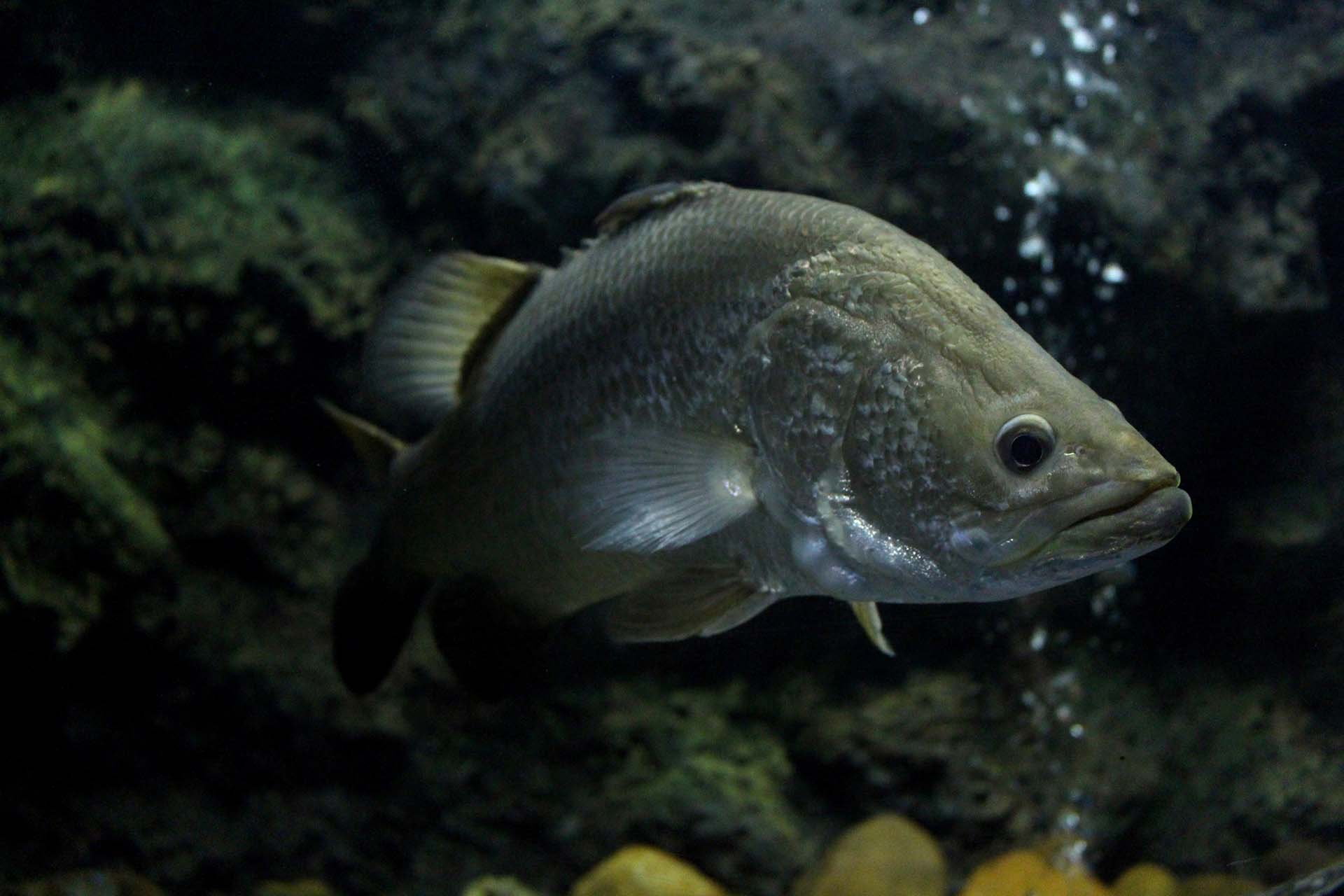
Learn How to Handle and Care for Nightcrawlers
In addition to all we’ve talked about, proper handling and care are essential to ensure the well-being of these wriggling creatures, especially when attaching them to your fish hook once you get out there on the water. Earthworms are actually delicate creatures, so it’s important to be mindful of their soft and sensitive bodies while handling them.
Avoid excessive squeezing or pulling, as it can cause injury or even rupture their skin. Instead, gently cup them in your hands or use a soft, damp cloth to handle them. All in all, if you make sure to treat them with care, you’ll be able to minimize their stress during the handling process, maximizing their chances of survival at the same time.
Make Sure to Avoid Overfeeding or Overcrowding
While it may be tempting to provide your soon-to-be bait with an abundance of food or house them in large quantities, it’s crucial to avoid overfeeding and overcrowding. Feeding them too much can lead to excess food decomposition, which can create harmful conditions for the worms, so it’s best to feed them in moderation and observe their feeding patterns to gauge the appropriate amount of food they require.
Similarly, overcrowding the container or worm bin can create a stressful and unhealthy environment for these creatures, so make sure they have sufficient space to move and burrow comfortably. If you notice overcrowding, consider splitting them into multiple containers or finding a larger habitat for them to thrive. Staying mindful of such simple tasks can actually go a long way in ensuring you have healthy live bait ready for your fishing trip, no matter the fishing technique you’re planning to use.

Knowing How to Keep Nightcrawlers Alive Will Make Your Fishing Adventure Fun
And there you have it, fellow anglers and nightcrawler lovers – we’ve dived deep into the world of keeping these fascinating creatures alive and thriving. From understanding their needs and creating the perfect habitat to providing proper nutrition and gentle care, now you know everything there is to know about keeping your soon-to-be bait thriving. So, get out there, enjoy the thrill of this thrilling outdoor adventure, and let your wriggly companions work their magic!
Frequently Asked Questions
Can Nightcrawlers Be Kept Indoors?
Yes, nightcrawlers can be kept indoors, provided you create a suitable habitat that replicates their natural environment. Choose a breathable container or worm bin, maintain optimal temperature and moisture levels, and provide appropriate bedding and food. With proper care, you can successfully keep these creatures thriving indoors.
How Often Should Nightcrawlers Be Fed?
Nightcrawlers should be fed in moderation, usually once every few days. Observe their feeding patterns and offer an amount of food that they can consume within 24-48 hours. Avoid overfeeding to prevent food decomposition and maintain a healthy environment for the nightcrawlers.
What Are the Signs of a Healthy Nightcrawler?
A healthy nightcrawler should be lively and active, moving and burrowing through the bedding. Their skin should be moist and smooth, not dry or slimy. They should also have a plump and firm body, without any signs of injury or discoloration. Additionally, healthy nightcrawlers will consume food readily and show an appetite for their preferred diet.


